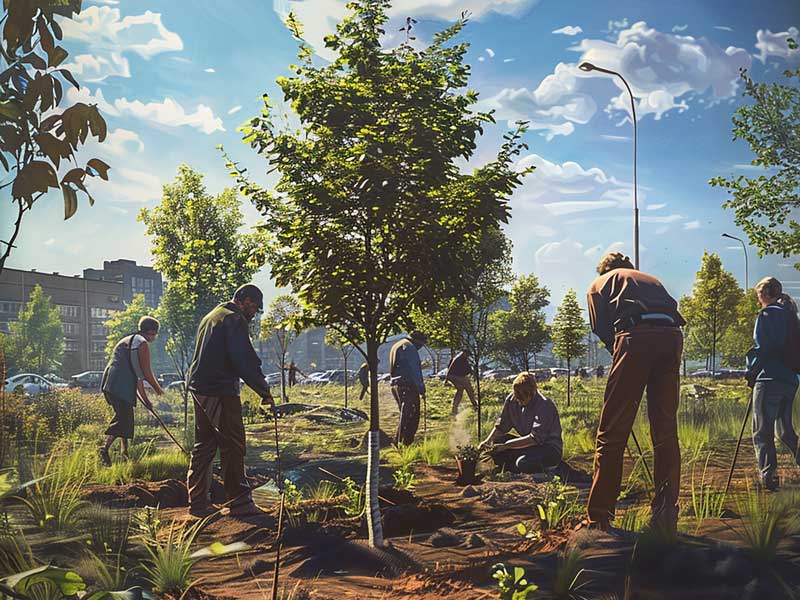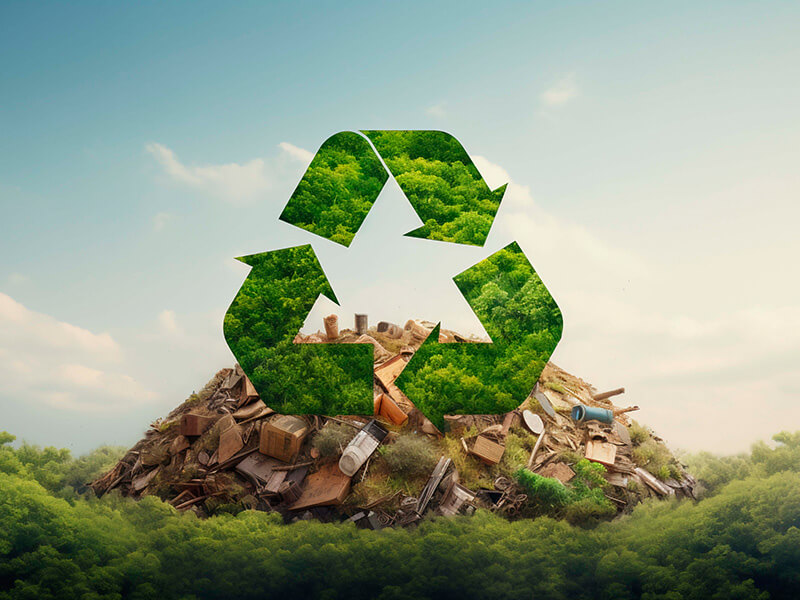A Vision for a Healthier Future
India, with its rich cultural heritage and diverse population, has always been a beacon of resilience and progress. However, one of the most significant challenges the nation faces today is the menace of drug abuse. To envision a Drug-Free India is to imagine a country where every citizen can live a healthy, productive life, free from the shackles of addiction.
The Current Scenario
The problem of drug abuse in India has escalated over the past few decades. According to the National Survey on Extent and Pattern of Substance Use in India, millions of individuals across the country are affected by substance abuse, with a significant percentage being youth. The substances range from alcohol and cannabis to more severe drugs like heroin and methamphetamines.
The Impact on Society
The impact of drug abuse on society is multifaceted. It not only affects the individual but also has far-reaching consequences for families and communities. Economic burden, increased crime rates, health issues, and social stigma are just a few of the adverse effects. Children growing up in environments with drug abuse are at higher risk of neglect and abuse, perpetuating a cycle of addiction and poverty.
Government Initiatives and Policies
The Indian government has launched several initiatives to combat drug abuse. The National Action Plan for Drug Demand Reduction (NAPDDR) aims to reduce the demand for drugs through a multi-pronged strategy involving education, counseling, treatment, and rehabilitation. Additionally, the Narcotic Drugs and Psychotropic Substances (NDPS) Act provides stringent penalties for drug trafficking and abuse.
Role of Education and Awareness
Education is a powerful tool in the fight against drug abuse. Schools and colleges across India are increasingly incorporating drug awareness programs into their curricula. These programs aim to educate young minds about the dangers of drug use and empower them to make informed decisions. Peer education programs, where students educate their peers about the risks of drug use, have also proven to be effective.
Community and Non-Governmental Organizations (NGOs)
Numerous NGOs in India are working tirelessly to create a drug-free society. Organizations like the Foundation for a Drug-Free World and Narcotics Anonymous provide support and resources for individuals struggling with addiction. They also engage in community outreach programs, spreading awareness and providing counseling and rehabilitation services.
Steps You Can Take
Creating a drug-free India requires collective effort. Here are some steps you can take:
Understand the risks and signs of drug abuse and share this knowledge with friends and family.
Volunteer or donate to organizations that provide support to individuals struggling with addiction.
Engage in advocacy for stricter drug laws and better support systems for rehabilitation.
Encourage participation in sports, arts, and other constructive activities that provide healthy alternatives to drug use.
Conclusion
The vision of a Drug-Free India is not just a dream but a collective goal that requires the dedication and effort of every citizen. By raising awareness, supporting those in need, and advocating for effective policies, we can pave the way for a healthier, more prosperous nation. Together, we can ensure that the future generations inherit an India free from the clutches of drug abuse.
Nurturing and Maintaining Trees for a Greener Future
In the face of environmental challenges, planting trees stands out as a simple yet powerful action. Trees offer a multitude of benefits, from improving air quality to supporting biodiversity. However, planting is only the beginning; proper care and maintenance are crucial for ensuring trees thrive. Additionally, fostering awareness about the importance of afforestation can inspire collective efforts toward a greener future.
Why Plant Trees?
Trees are fundamental to the health of our planet. They absorb carbon dioxide and release oxygen, playing a vital role in mitigating climate change. Trees also help regulate temperature, reduce the urban heat island effect, and provide shade. Their roots stabilize soil, preventing erosion and promoting water retention. Moreover, trees are habitats for numerous species, contributing to biodiversity and ecosystem stability.
Care and Maintenance of Trees
While planting trees is essential, ensuring their survival through proper care and maintenance is equally critical. Here are some key steps to nurture young saplings and maintain mature trees:
Choosing the appropriate tree species for the local climate, soil type, and available space is crucial for the tree's health and growth. Native species are generally more resilient and better adapted to the local environment.
Proper planting techniques can significantly impact the survival rate of saplings. Dig a hole twice as wide as the root ball but no deeper than its height. Ensure the root flare is visible above the soil line and backfill the hole with native soil.
Regular watering is essential, especially during the first few years after planting. Young trees require consistent moisture to establish their root systems. Deep watering is more effective than frequent shallow watering.
Applying a layer of mulch around the base of the tree helps retain soil moisture, suppress weeds, and regulate soil temperature. Ensure the mulch is spread evenly and not piled against the trunk to prevent rot.
Trimming helps remove dead or diseased branches, shapes the tree, and promotes healthy growth. It is important to prune at the right time and use proper techniques to avoid damaging the tree.
Protecting young trees from pests, diseases, and physical damage is vital. Use tree guards or fencing to prevent damage from animals and machinery.
Raising Awareness and Community Involvement
Creating awareness about the benefits of trees and involving communities in afforestation efforts can have a profound impact. Here are some ways to engage and educate people:
Schools, colleges, and community centres can organize workshops and seminars on the importance of trees, planting techniques, and maintenance practices. Hands-on activities like planting drives can instill a sense of responsibility and connection to nature.
Leveraging social media platforms can help spread the message to a wider audience. Share success stories, tips on tree care, and information on upcoming planting events to inspire others to join the cause.
Encouraging people to volunteer for tree planting and maintenance activities can foster a sense of community and collective effort. Partnering with local NGOs and environmental organizations can amplify these efforts.
Observing events like World Environment Day, Arbor Day, and Earth Day with tree planting activities and awareness campaigns can highlight the significance of trees and motivate people to take action.
Benefits Beyond the Green
The benefits of planting and maintaining trees extend beyond environmental impact. Trees improve mental health and well-being, provide recreational spaces, and enhance the beauty of our surroundings. They also offer economic benefits by increasing property values and reducing energy costs through natural cooling and windbreaks.
Skip plastics, go with green alternatives! Freedom today is to be plastic-free.
2 major ways to have plastic free Environment
- Individual contribution in NO USE OF PLASTIC by practising it
- Reclyling the existing Plastic
20 ways to say no to plastic in your everyday life.
- Carry Your Reusable Bags for Shopping
- Always Carry a reusable water bottle
- Choose glass or steel containers for food: Say bye to plastic containers
- Switch to bamboo toothbrushes
- Say no to disposable straws & cutlery
- Choose milk in returnable glass bottles.
- Put pressure on manufacturers.
- Gift a Tree: It's a decent, thoughtful and eco-friendly gift OR Learn strategies for green gift giving.
- Say bye to balloons: Welcome twines and natural decoration
- Choose coconut coir instead of plastic ones: Those wired plastic utensil cleaners add to microplastics
- Love ice cream? Have them in cones instead of cups
- Choose skincare without plastic packaging
- Avoid disposable pens: Stick to one signature fountain pen or invest in bamboo or steel pens
- Request zero plastic packaging when ordering online.
- Store food leftovers in glass jars
- Educate Yourself and Others
- Avoid Plastic Toys
- Upgrade your toothpaste with toothpaste/powder/soap : Bye-bye, tube toothpaste
- Always Carry Resuable CoƯee Mug and switch it to Steel Or Glass
- Separate your waste : Food waste and plastic waste shouldn't be mixed
Recycling The Existing Plastic
- Encourage individuals and businesses to minimize the use of single-use plastics.
- Promote reusable alternatives such as cloth bags, stainless steel bottles, and glass containers.
- Educate the public on what can and cannot be recycled to reduce contamination.
- Invest in research and development of advanced recycling technologies that can handle mixed plastics and create highquality recycled materials.
- Support legislation that encourages manufacturers to use recycled materials in their products.
- Conduct educational campaigns on the environmental impacts of plastic pollution.
- Teach proper recycling techniques and the importance of reducing plastic waste.
- Encourage businesses to adopt circular economy principles where products are designed for reuse and recycling.
- Collaborate with stakeholders across industries to find innovative solutions to plastic waste.
- Organize community clean-up events to remove plastic waste from natural environments.
- Foster a culture of environmental stewardship and responsibility.
- Monitor the effectiveness of recycling programs and adjust strategies based on results.
- Celebrate successes and encourage continuous improvement towards a plastic-free environment.
By integrating these steps into everyday practices and policies, communities can work towards significantly reducing plastic waste and creating a cleaner, more sustainable environment.











